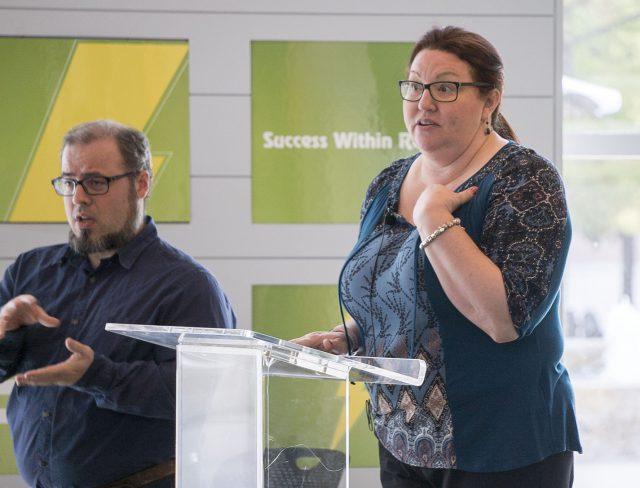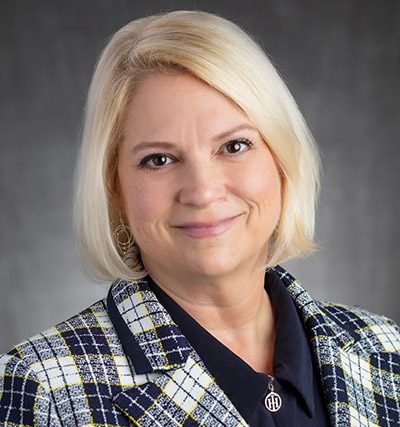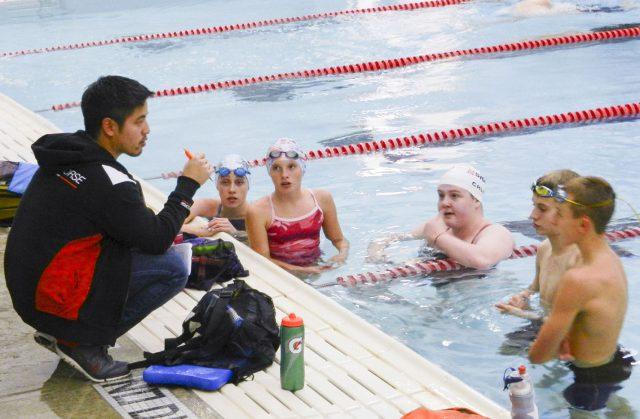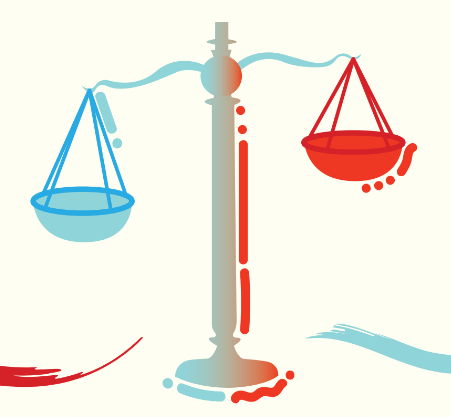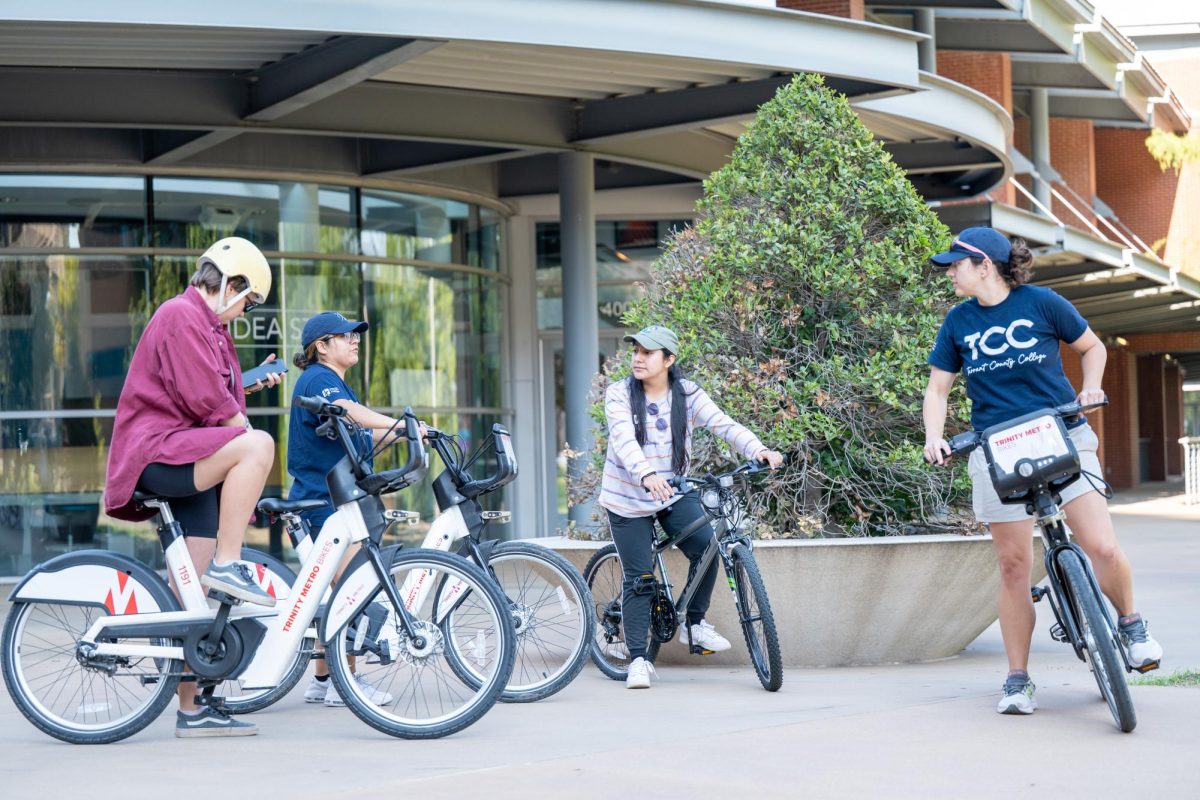By Jason Warren/reporter
The liaison of Fort Worth ISD’s American Indian Education Program told students during a Native American History Month presentation Nov. 9 on TR Campus about the challenges Native Americans face today.
Elizabeth Gravelle said one of those challenges is their languages.
“Native languages are struggling to survive in the United States,” she said.
With over 125 languages at risk of extinction, indigenous communities face obstacles because of curriculum requirements implemented by U.S. schools. According to Gravelle, there is no curriculum for Native American topics. Only a few exist on some reservations.
“Educators who want to teach people about Native American languages and culture generally face lack of funding,” Gravelle said.
Through the federally funded American Indian Education Program at Fort Worth ISD, elders from Native American tribes come to teach students how to weave baskets, create Native regalia and perform indigenous dances. She said the U.S. federally recognizes 566 tribes, and Native Americans and Alaskan Natives make up 5.2 million Americans, or about 1.7 percent of the population.
“Over 5 million American Indians live on tribal land, which means they live on reservations,” Gravelle said.
The overwhelming majority of reservations are home to substandard conditions: trailers, no electricity and no running water or indoor plumbing, Gravelle said.
“Tribal housing has a waiting list of roughly three years,” she said.
As a result, many families on reservations live together and are often overcrowded due to the small living space. Having a poor education on top of a lack of family and cultural connections make it difficult for Native Americans to adjust to mainstream society, which is why many still stay on reservations.
Native Americans receive federal health care through the Indian Health Service. However, nearly one in three are still uninsured. Obesity, substance abuse and STDs are common health complications among Native Americans due to a lack of medical support.
Native Americans receive subsidized commodities from the government such as canned foods, soda and junk food. Because of the high sugar and sodium content of these meals as well as the lack of nearby hospitals and transportation they are left with unresolved health issues.
“Heart disease is the leading cause of death in Native Americans followed by cancer,” Gravelle said. “The life expectancy of Native Americans is 55 years.”
Gravelle said 65 percent of Native Americans will receive a high school diploma, and less than 10 percent will earn a college degree. School supplies and internet are difficult to obtain on many reservations, leaving Native American students unprepared.
Suicide is the second most common cause of death among Native American youth ages 15 to 24. The rate is more than twice the national average. Other detriments to the Native American community include drug abuse and alcoholism.
Land continues to be damaged by hydraulic fracturing and pipelines that pump oil out of indigenous communities, Gravelle said.
“This violates treaty rights and threatens the environment and contributes to climate change in the process,” she said.
























